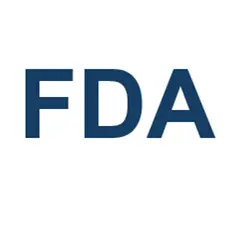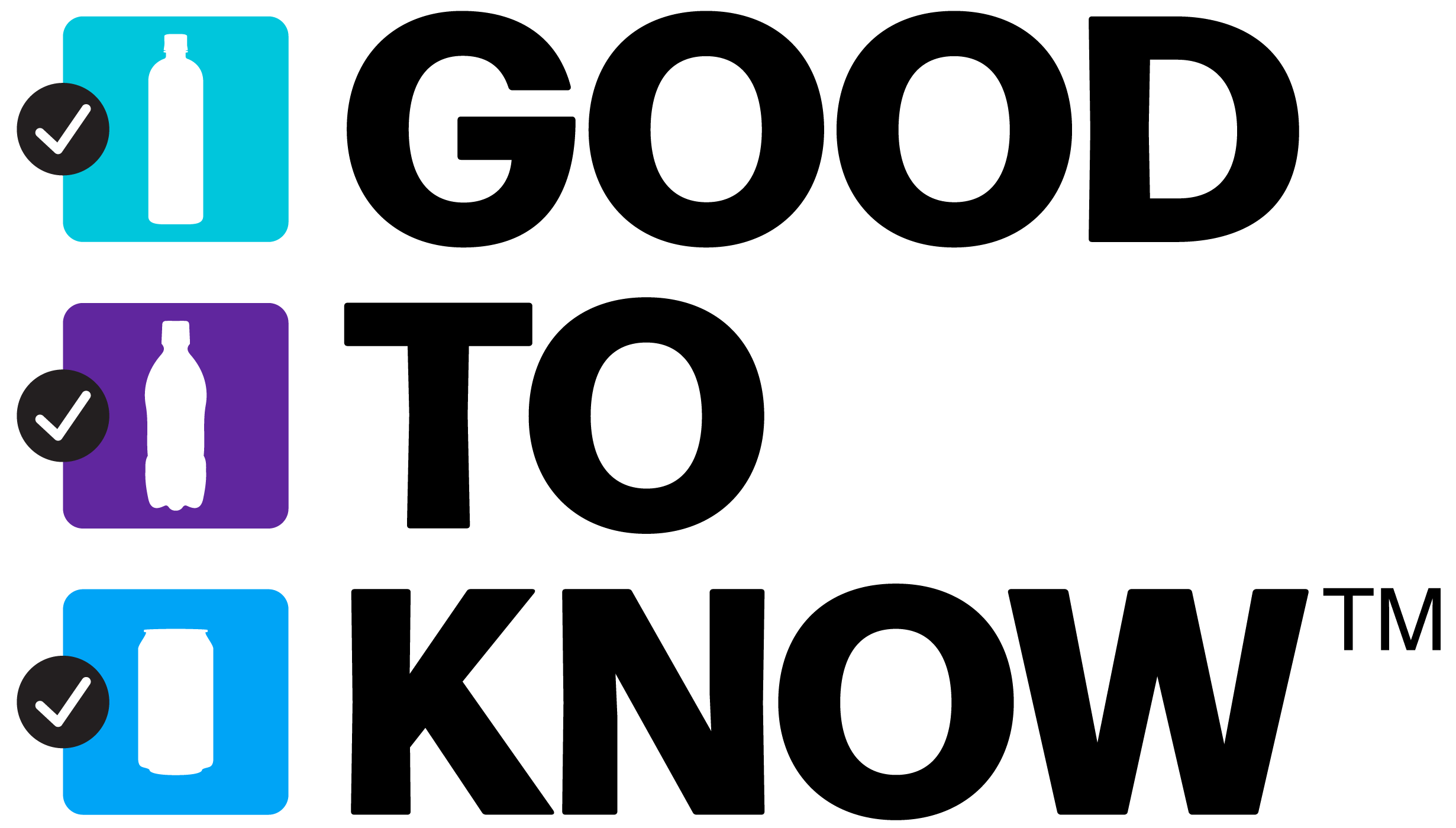Sea salt has the same composition as traditional salt but tends to be coarser. Sea salt is produced by the evaporation of seawater and contains residual minerals beside sodium chloride. It adds taste to foods.
Sea Salt
Found In
- Beverages
- Foods
Also Known As
- Sodium Chloride
The Beverage Bottom Line
Sea salt is authorized for use in the U.S., Europe and Canada.
This ingredient may have authorizations in countries not included on this site.
International Assessments and Authorizations

U.S. Food And Drug Administration (FDA)
Generally recognized as safe for intended uses. (GRAS)
In 2024, FDA expanded its 2021 voluntary sodium reduction targets in foods.
In 2019, dietary reference intakes for sodium were assessed by the National Academies of Sciences, Engineering and Medicine.
In 1993, FDA supported a health claim for lower sodium and reduced risk of hypertension.
In 1979, health aspects of sodium chloride as a food ingredient were evaluated.

Health Canada
Recommended in moderation.
In 2019, dietary reference intakes for sodium were assessed by the National Academies of Sciences, Engineering and Medicine.
This page was last updated on 6/30/2025.


